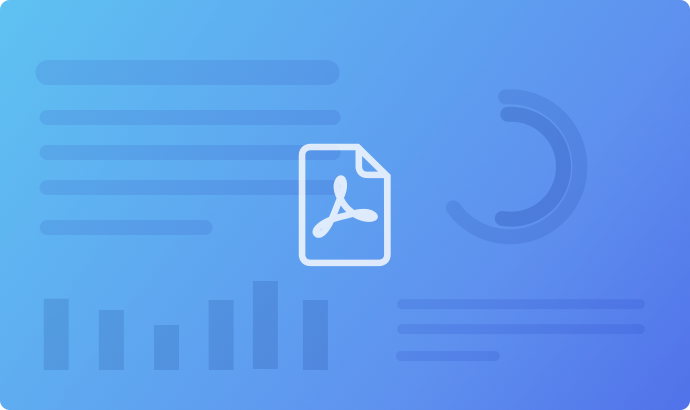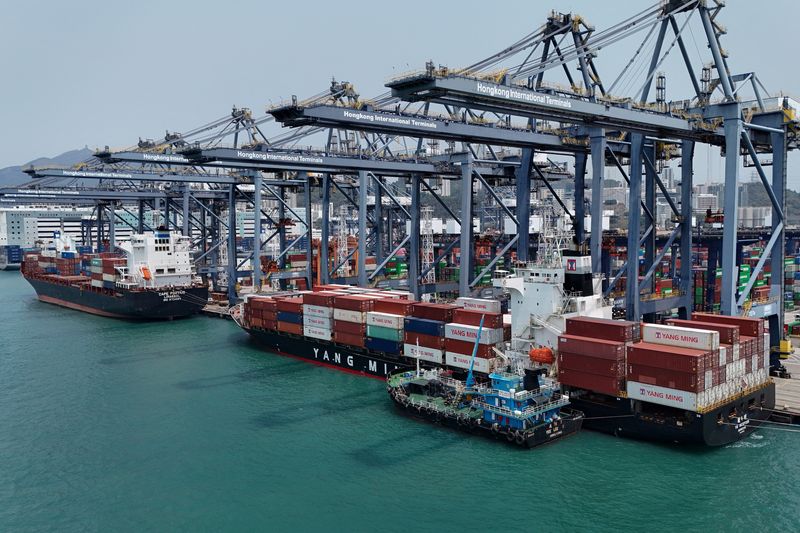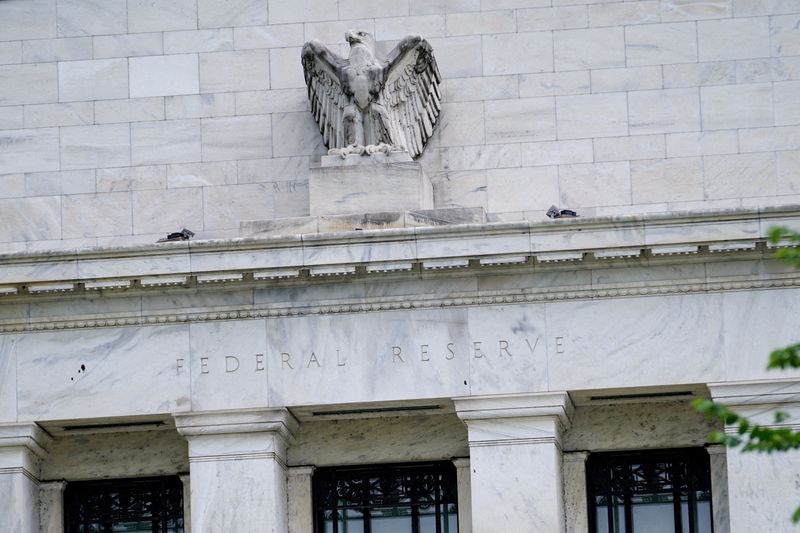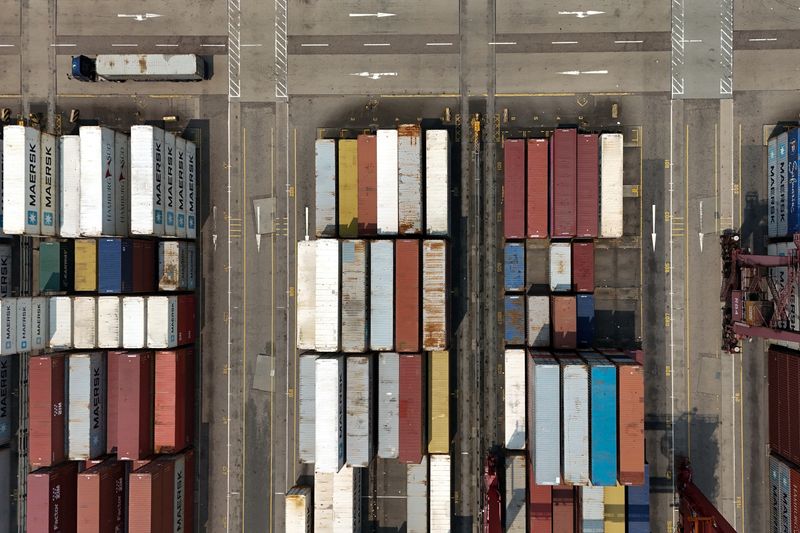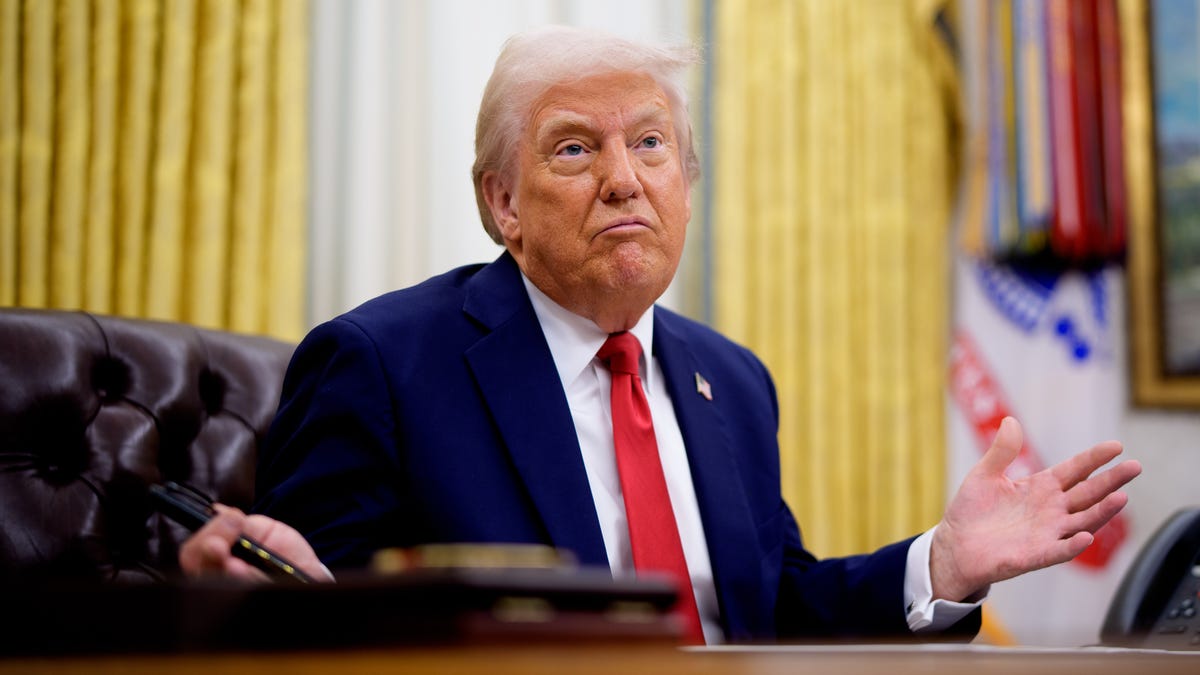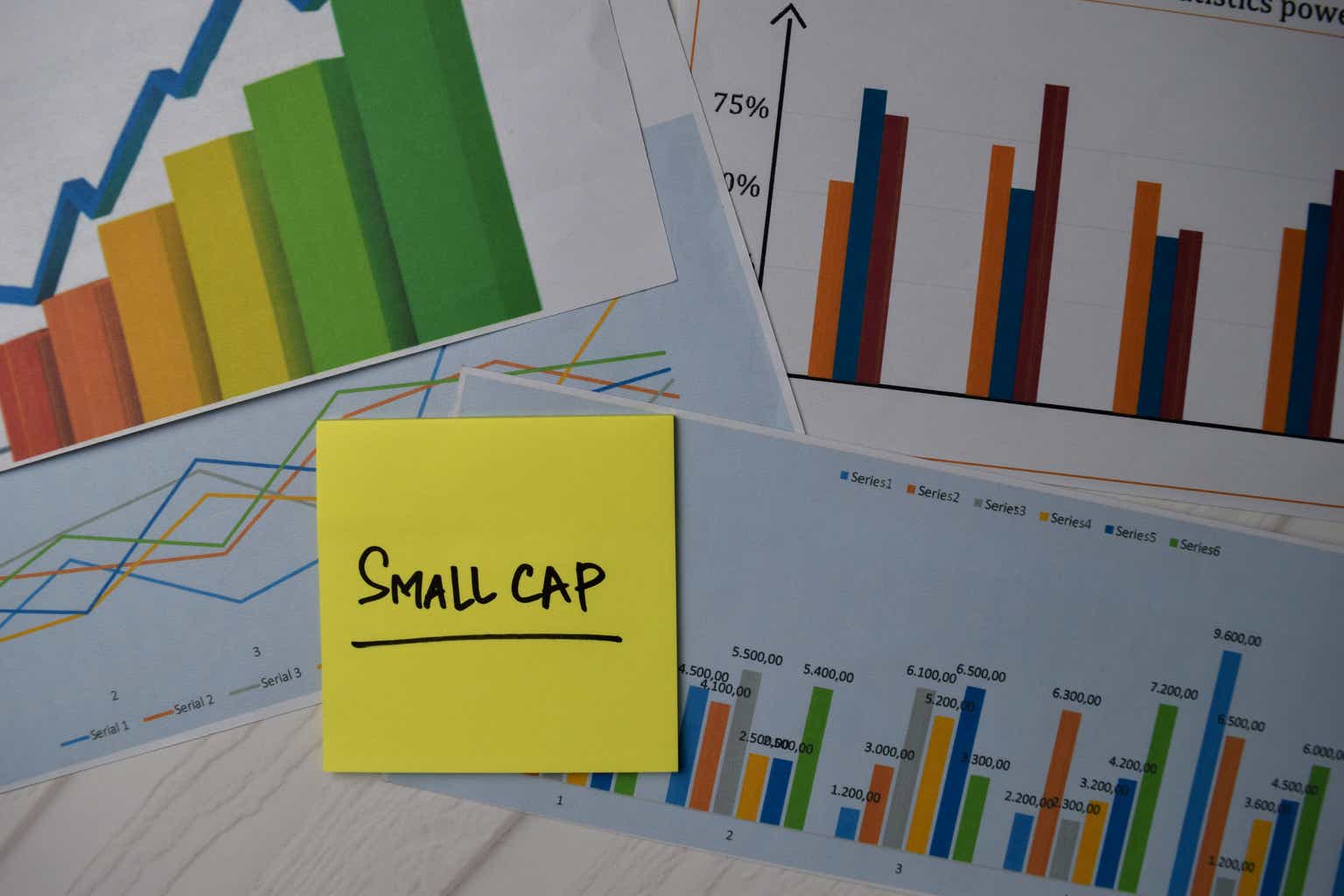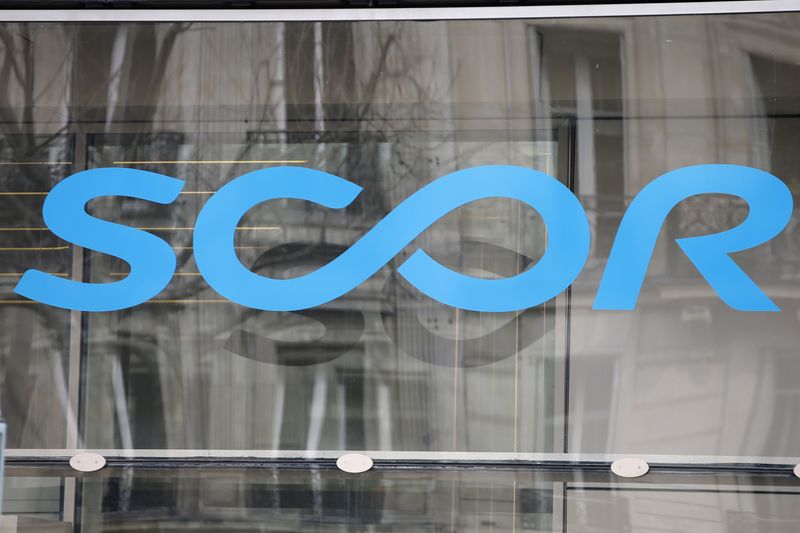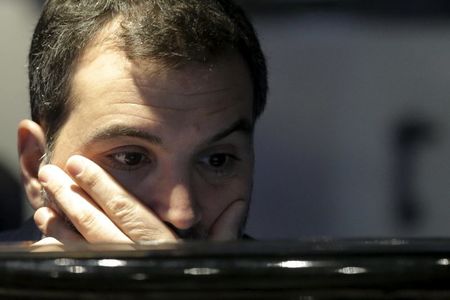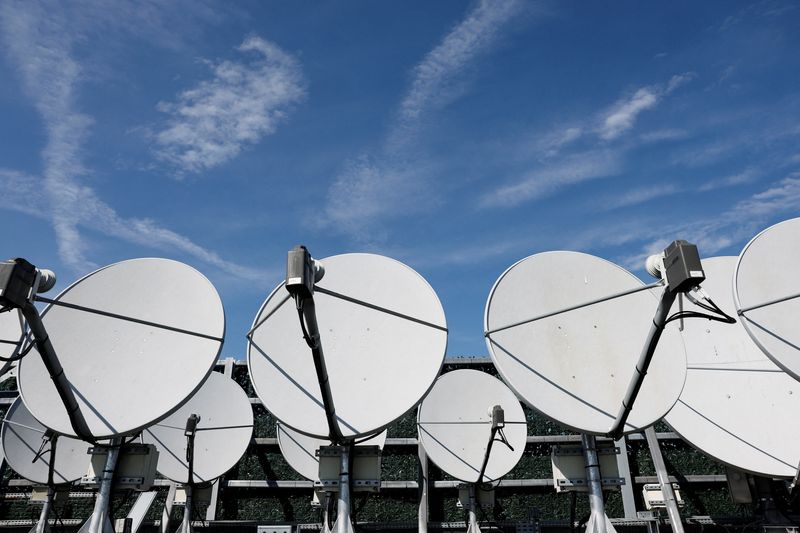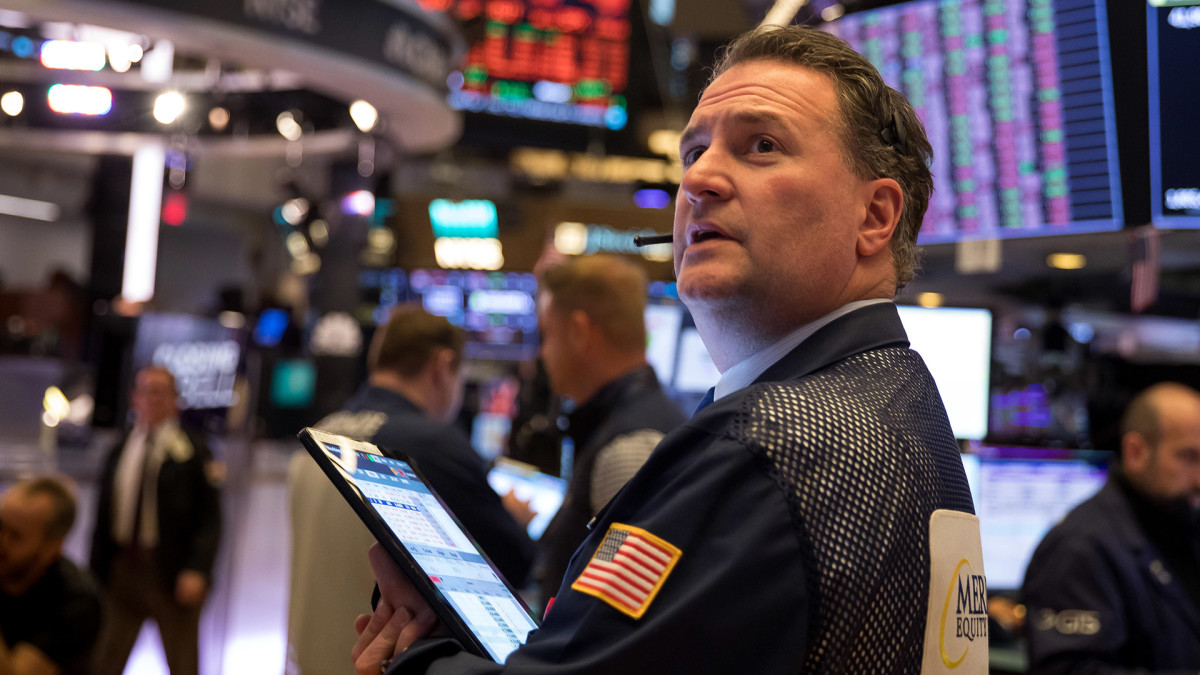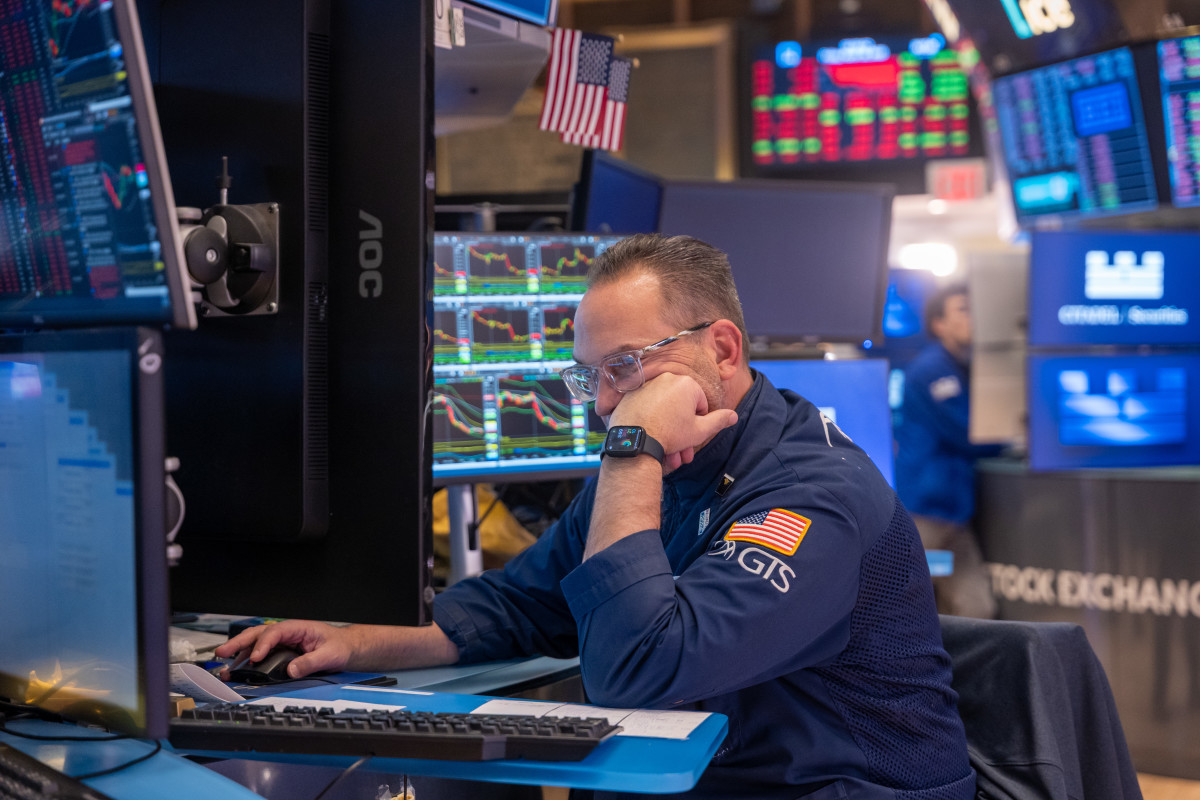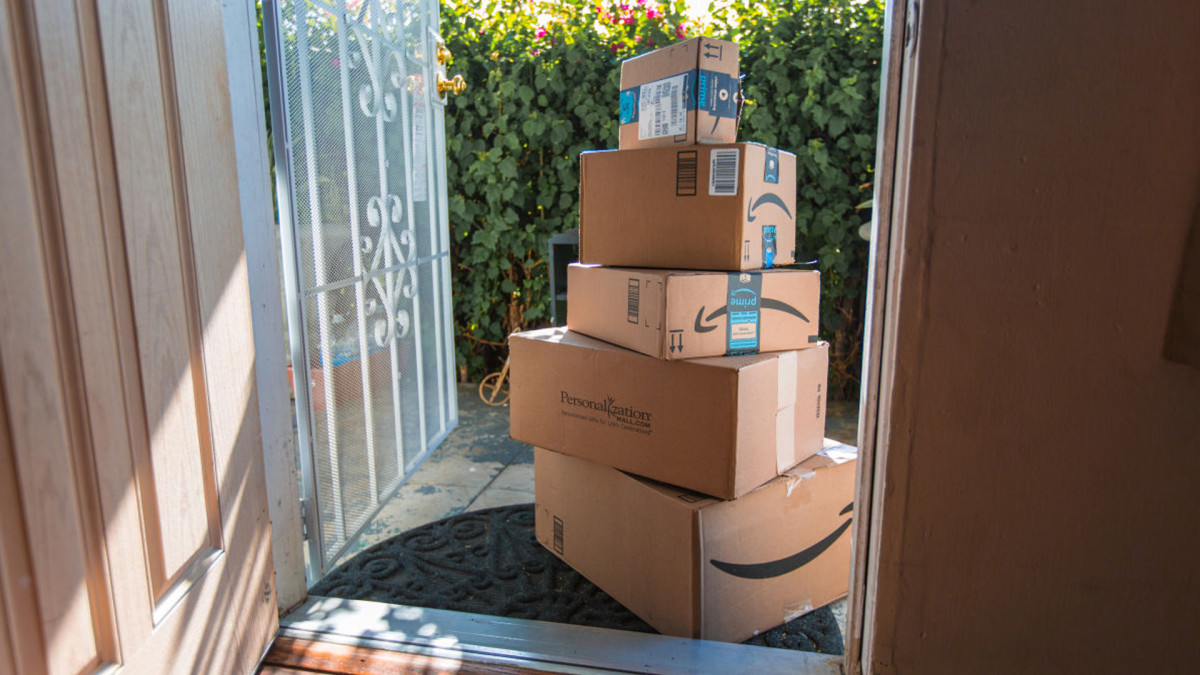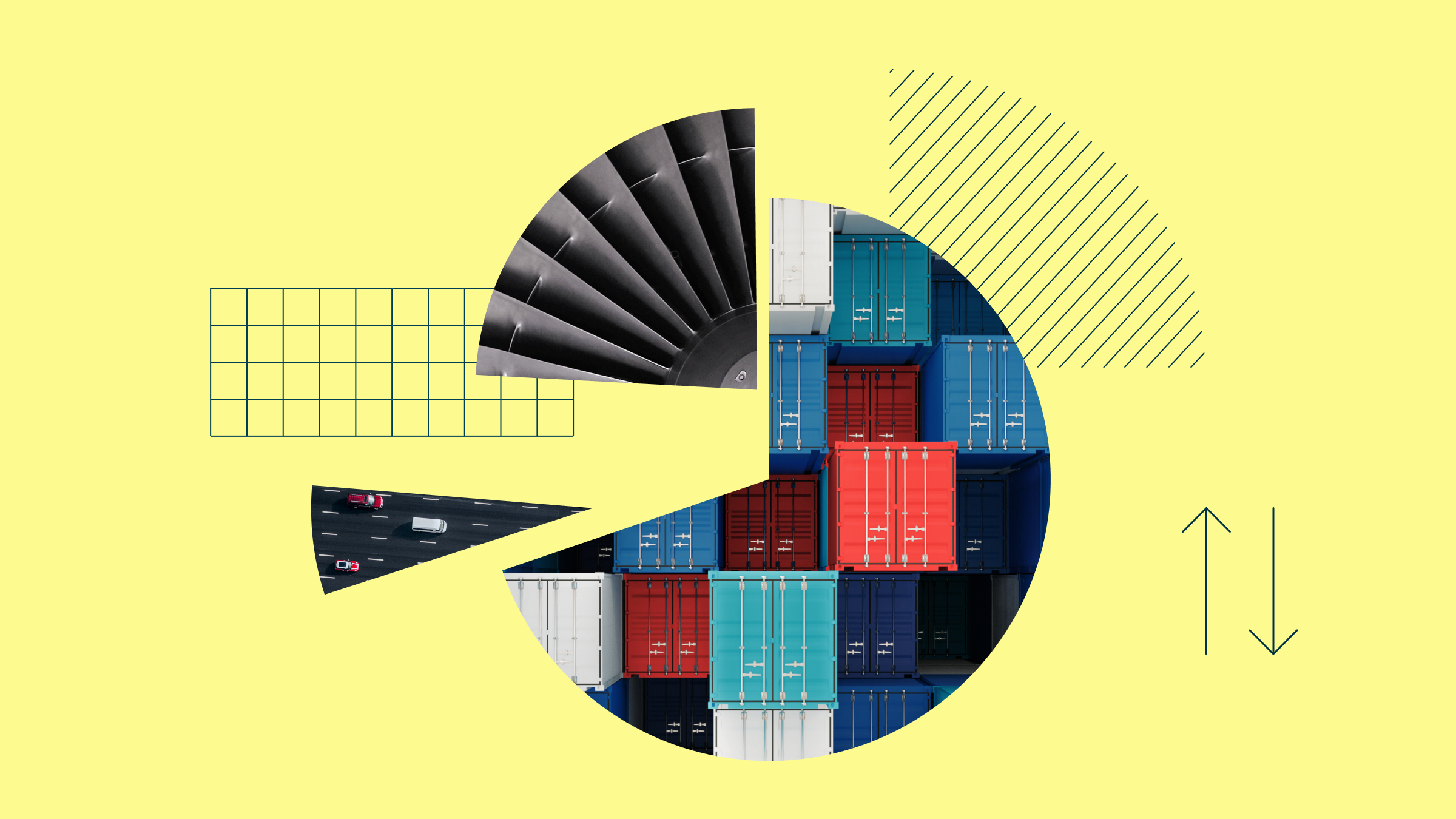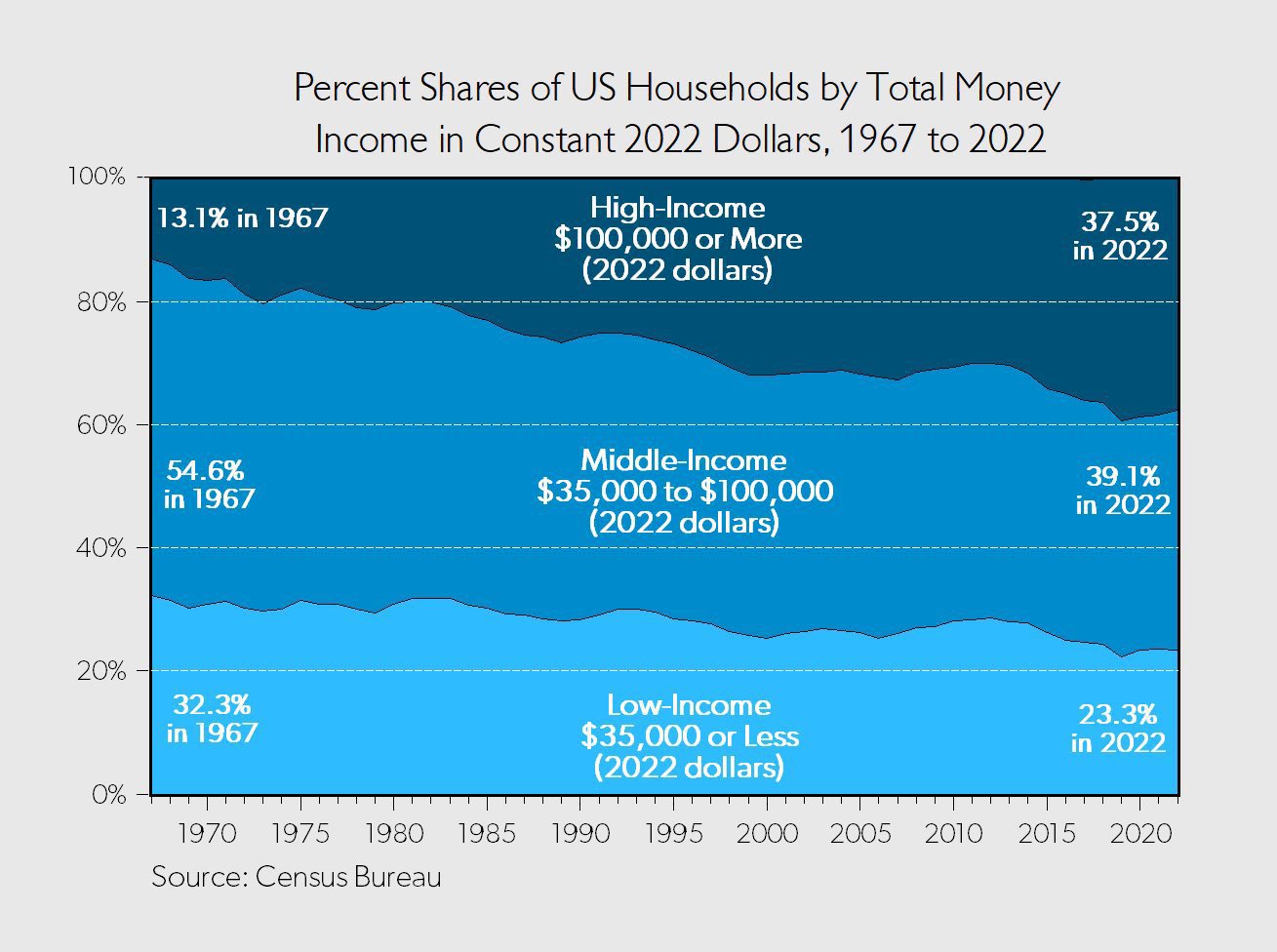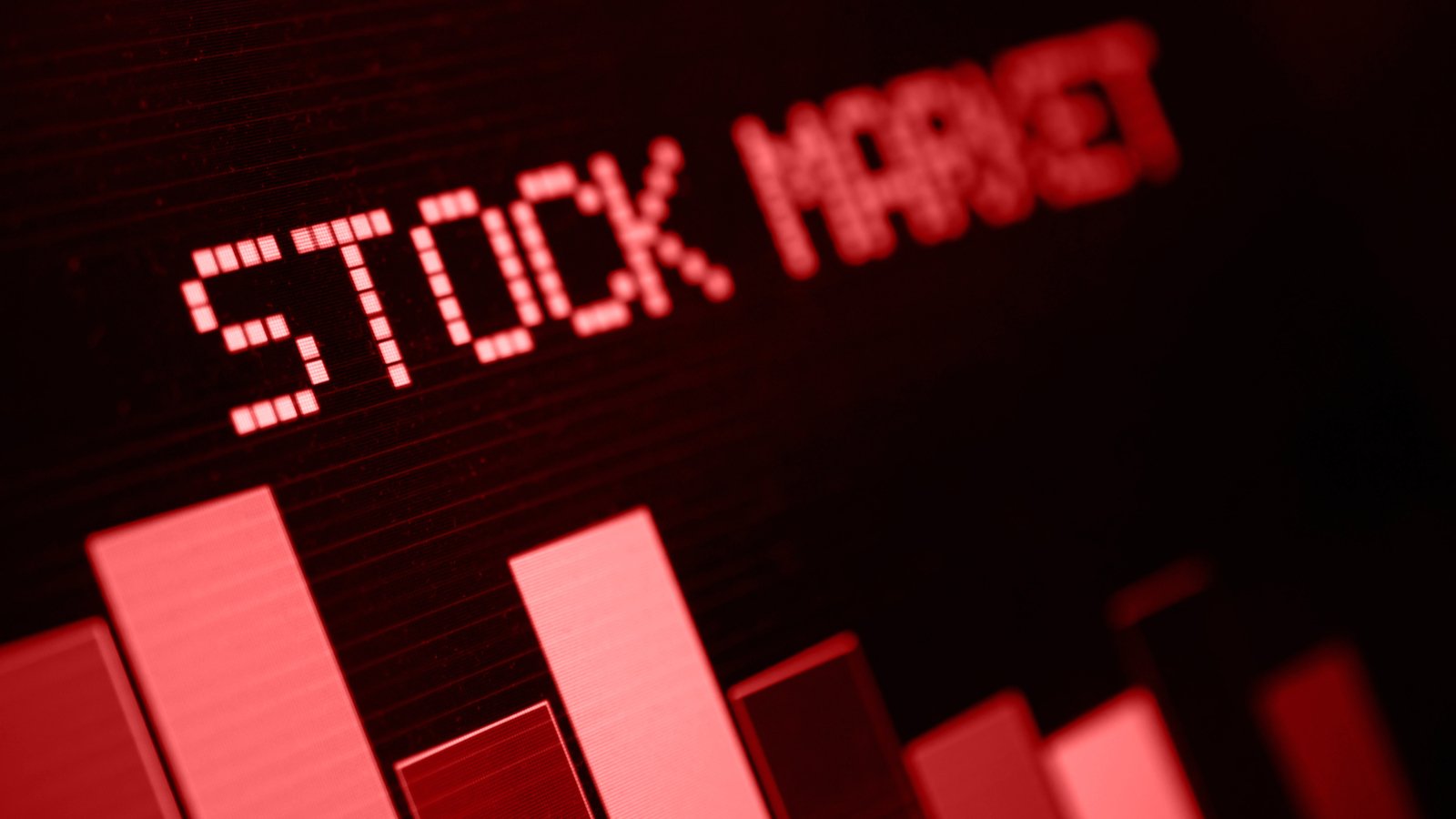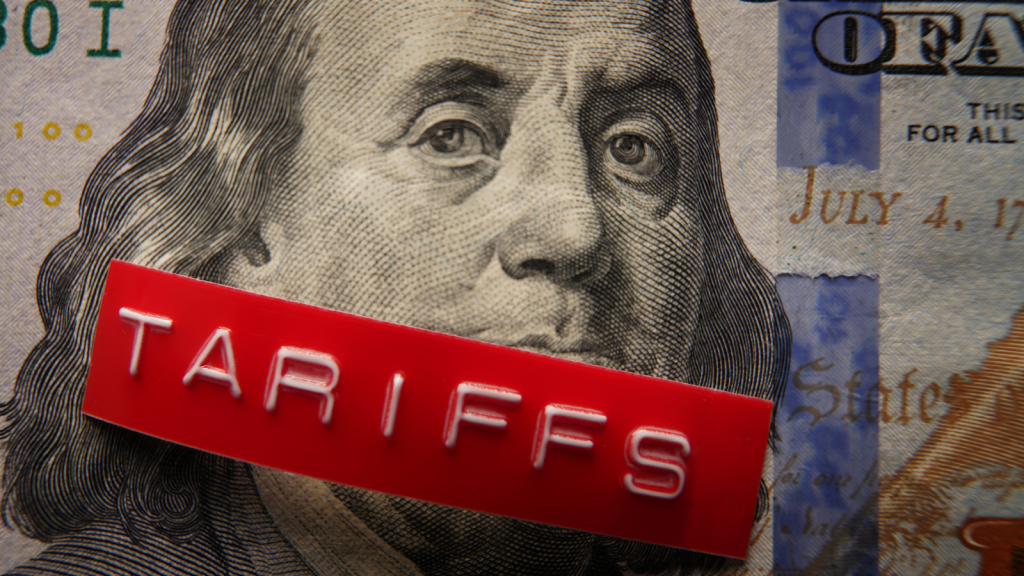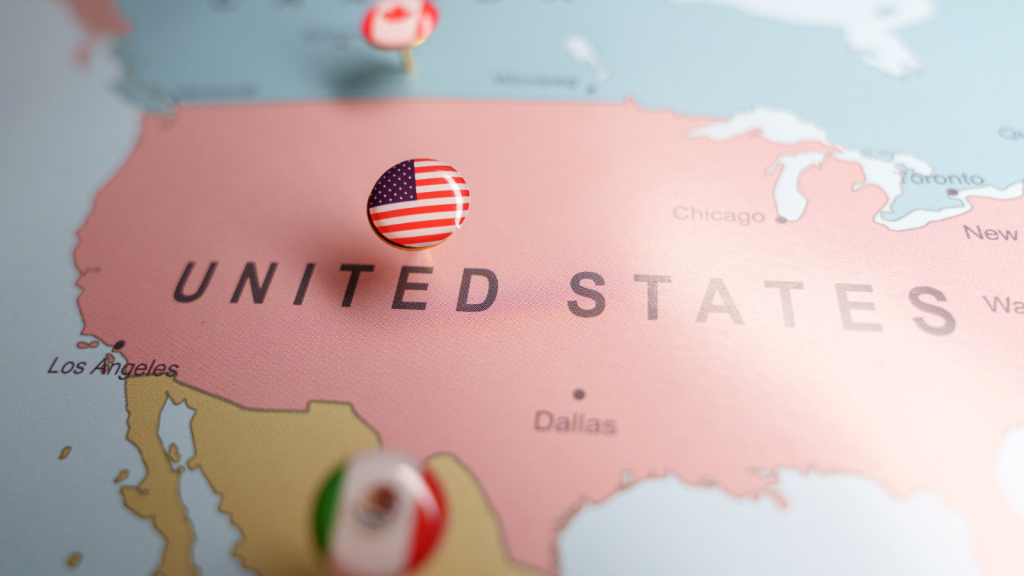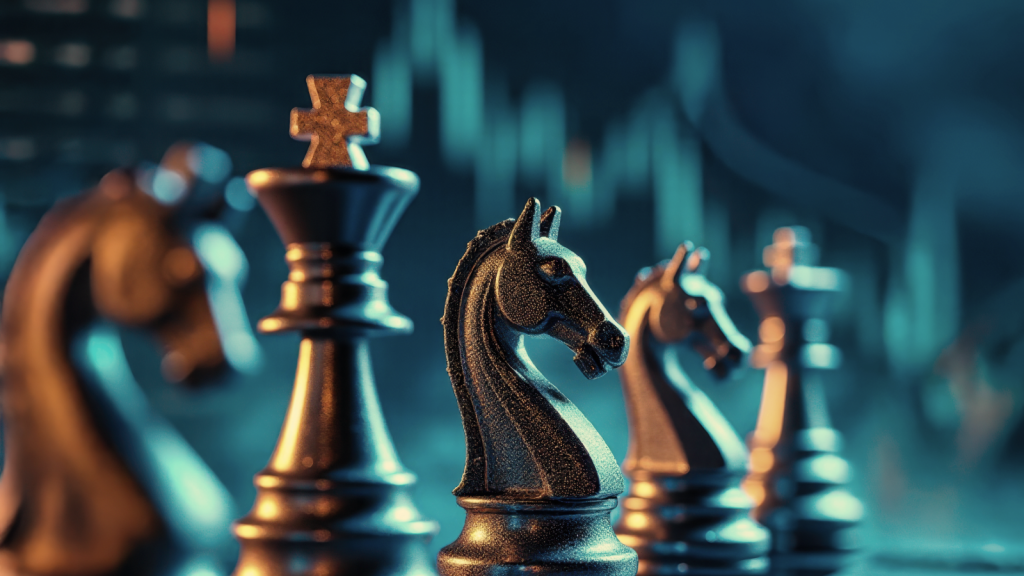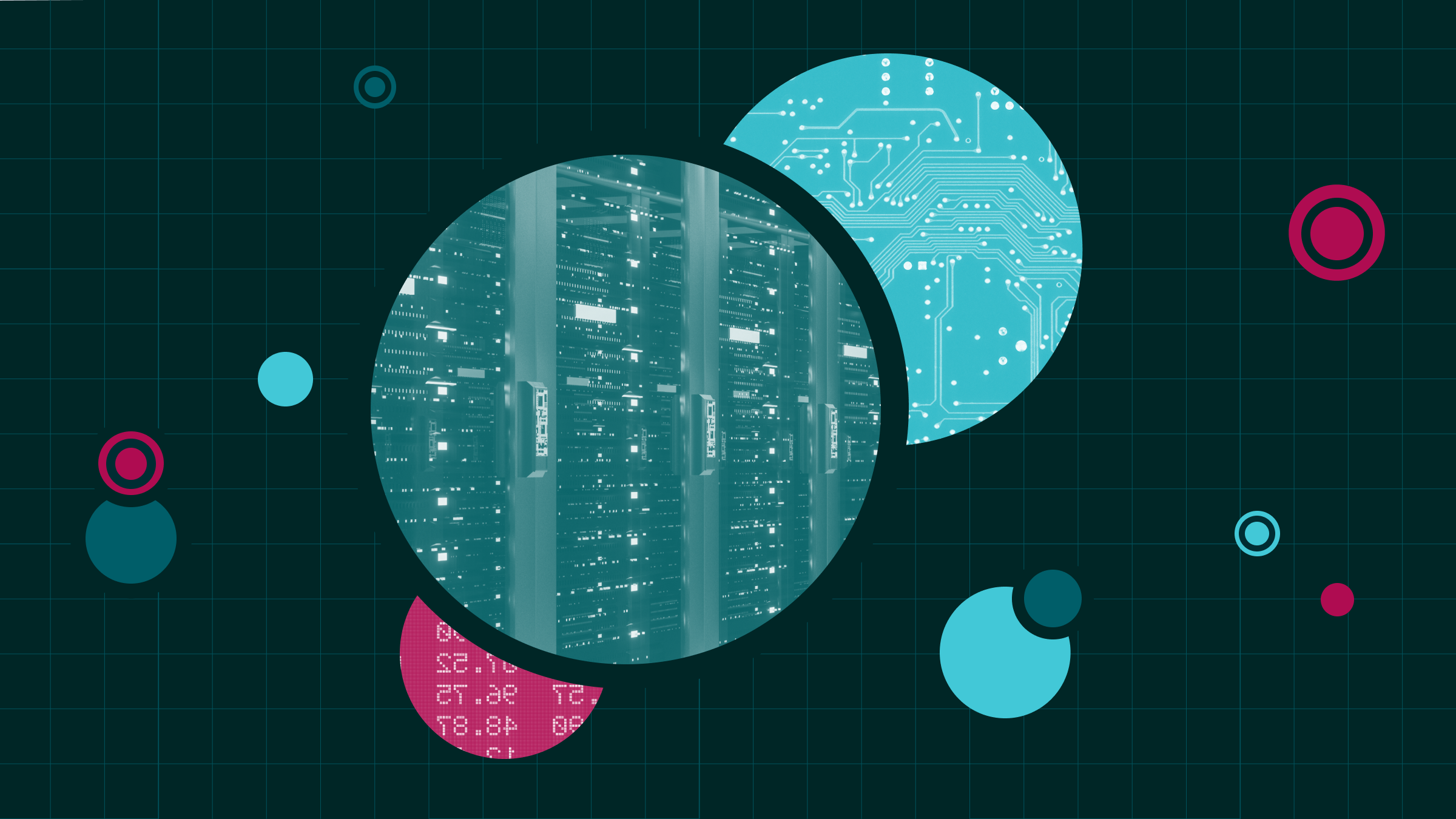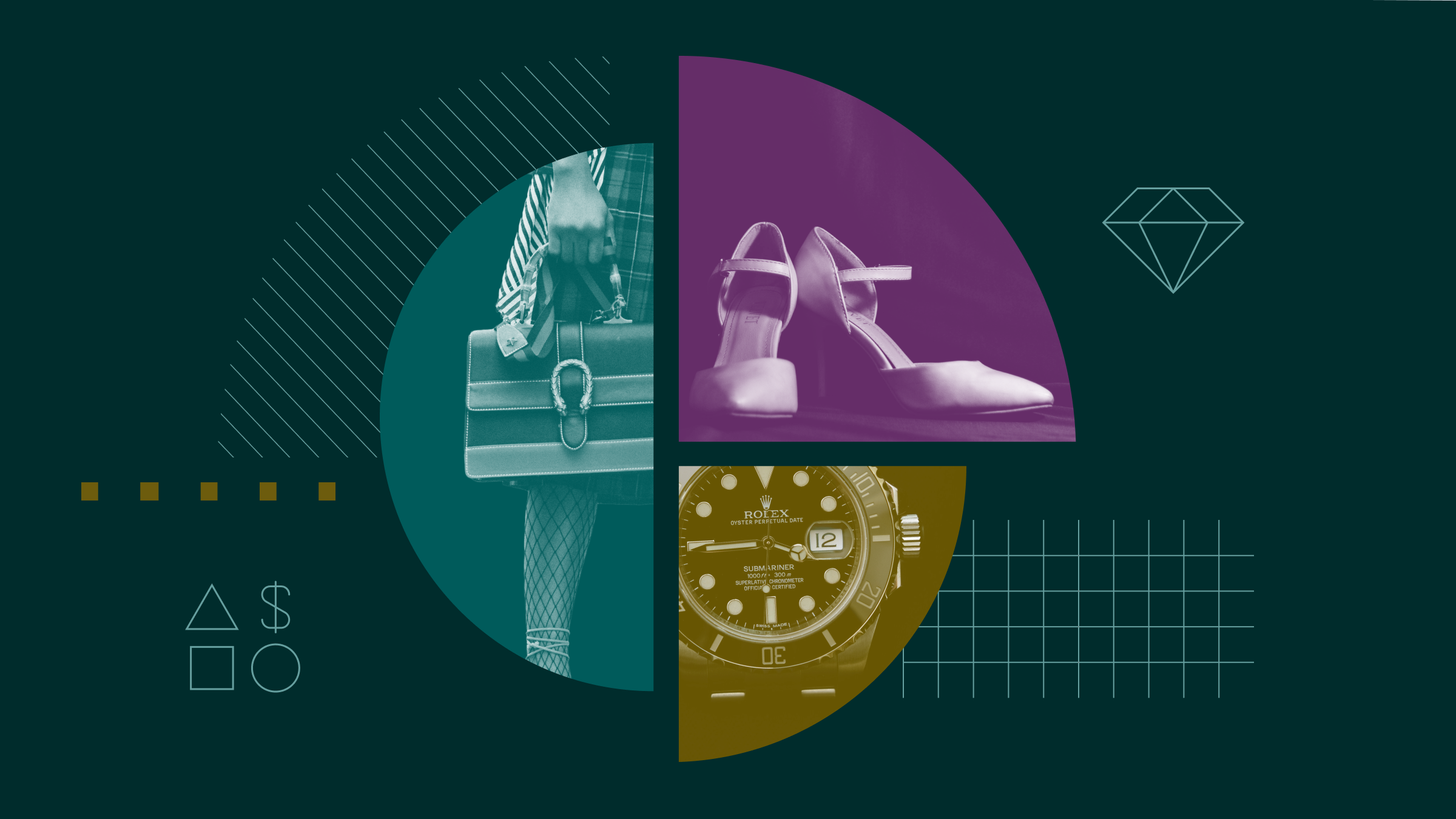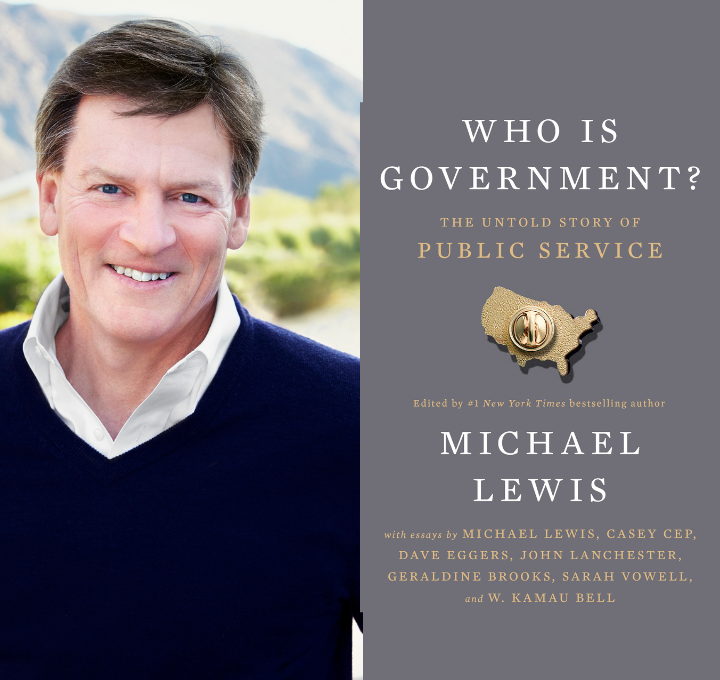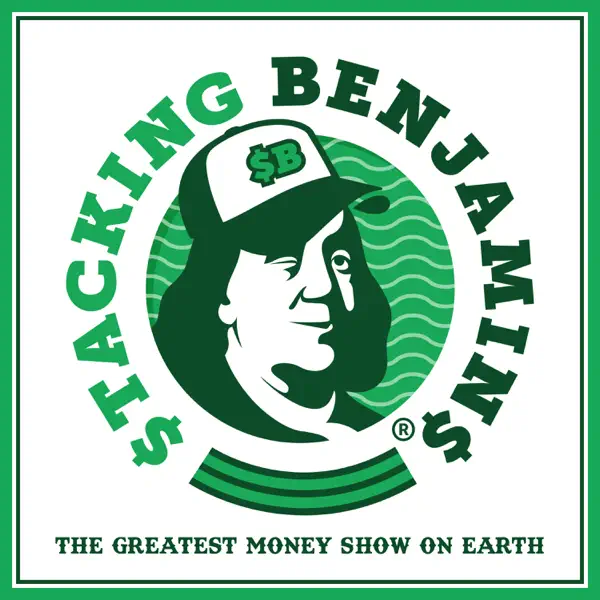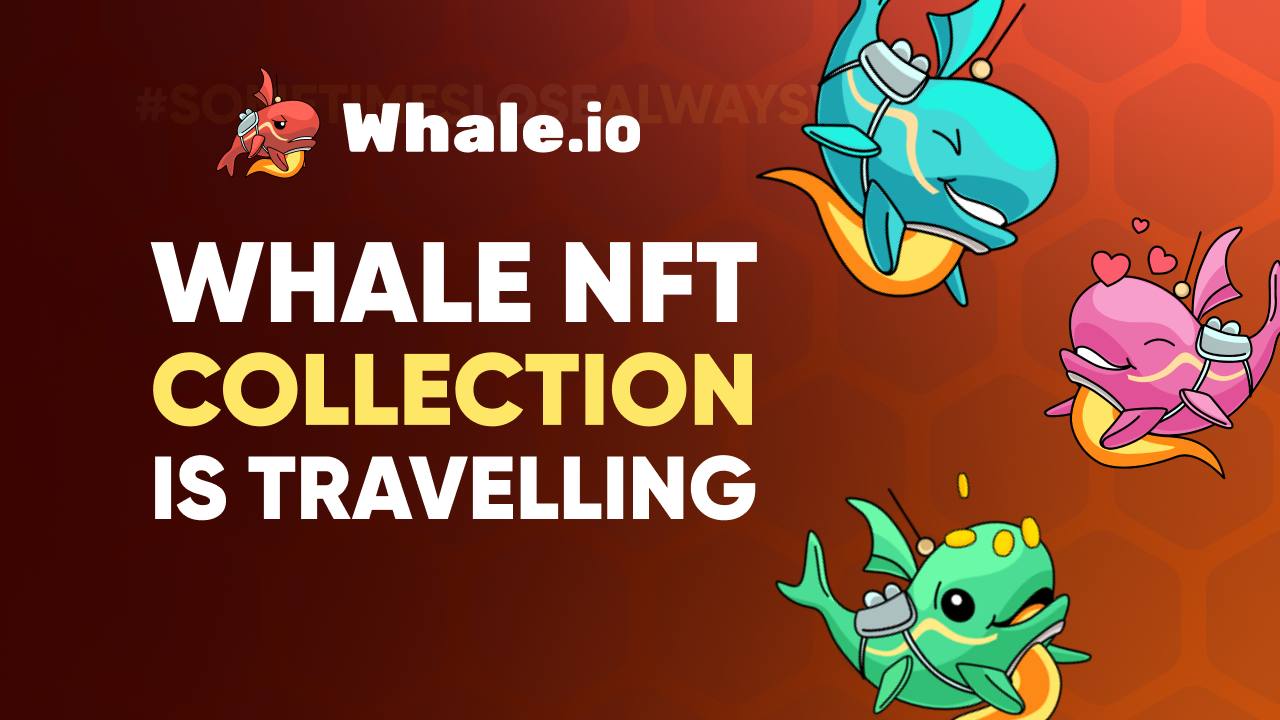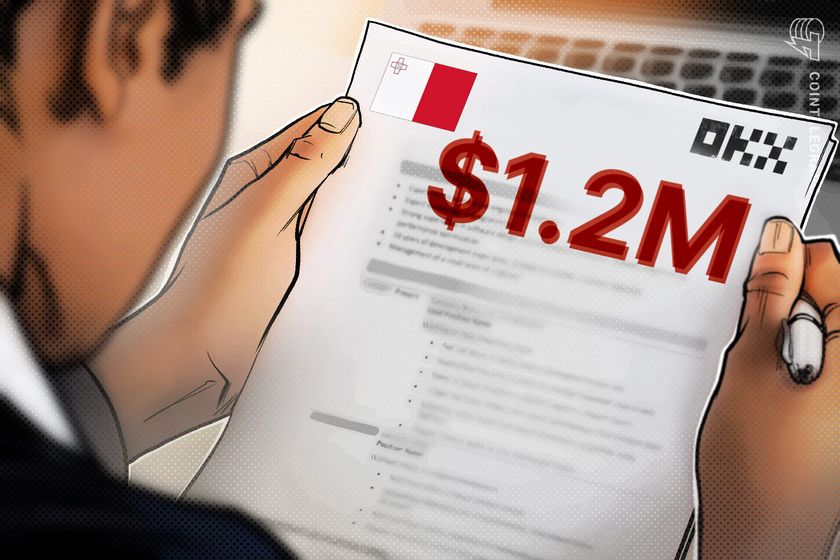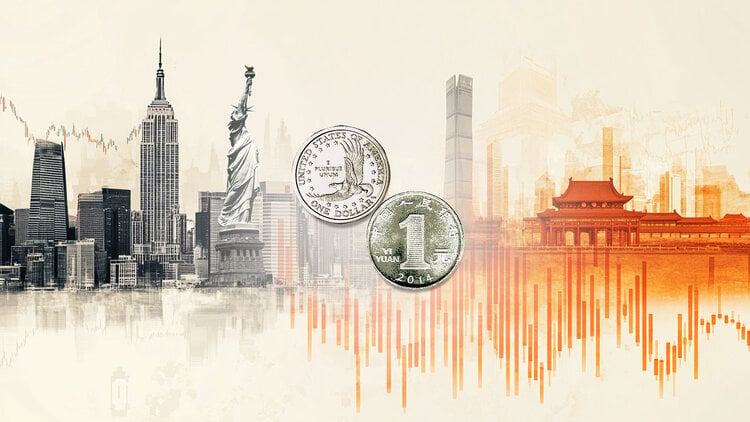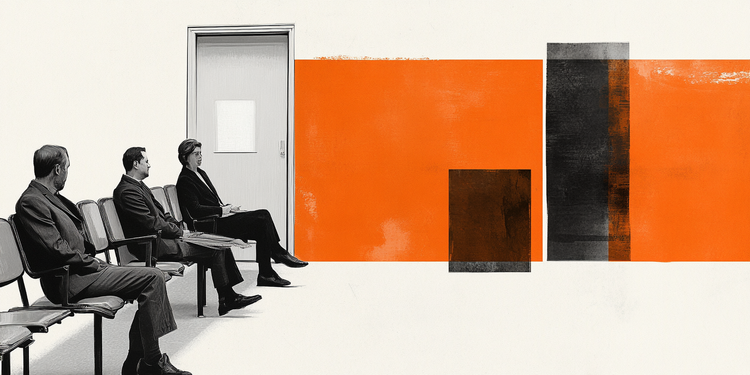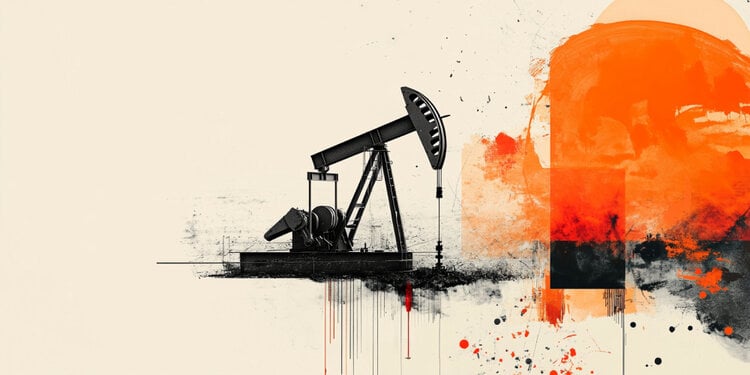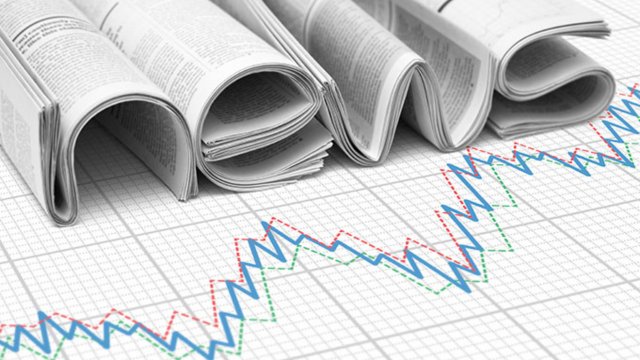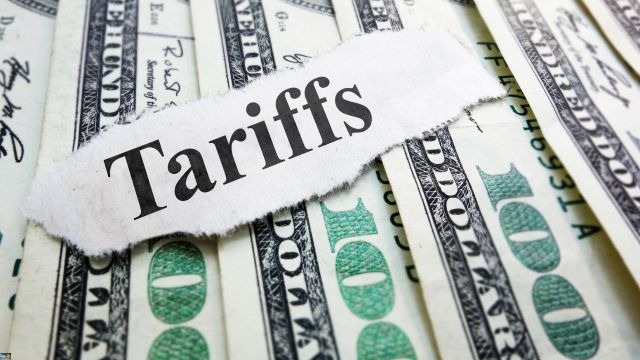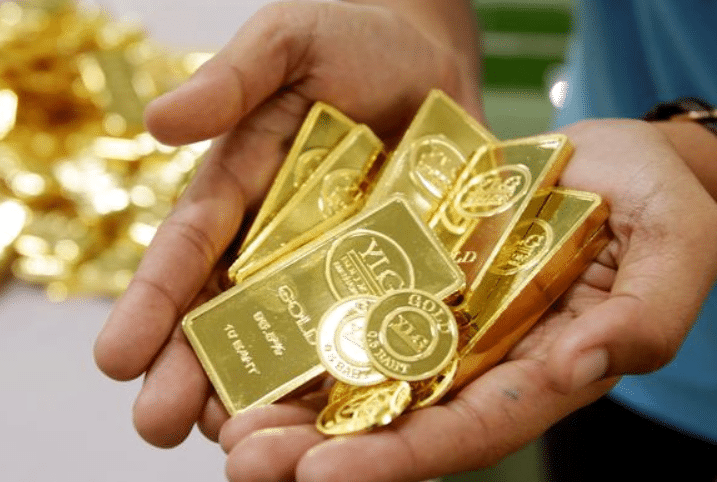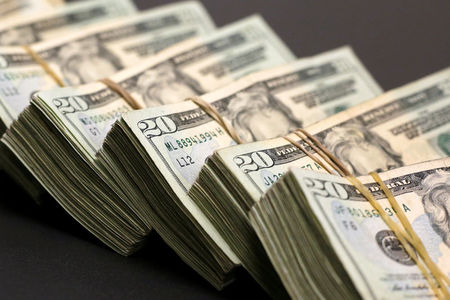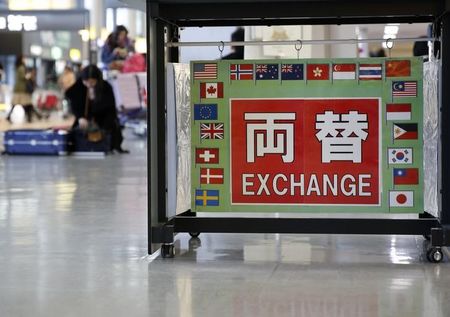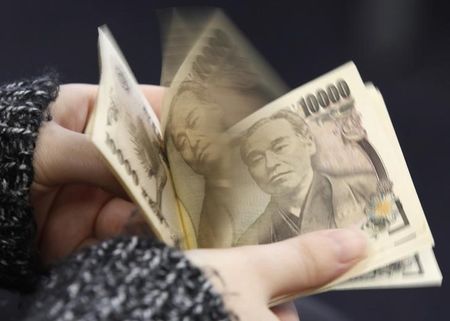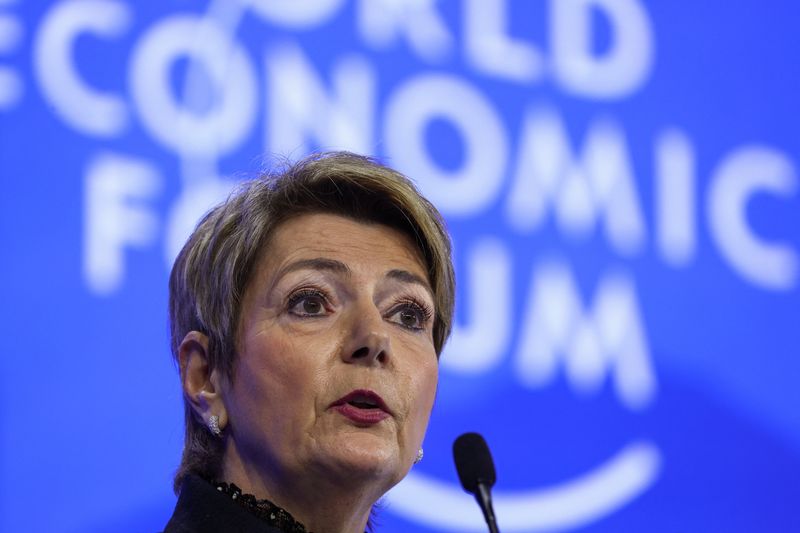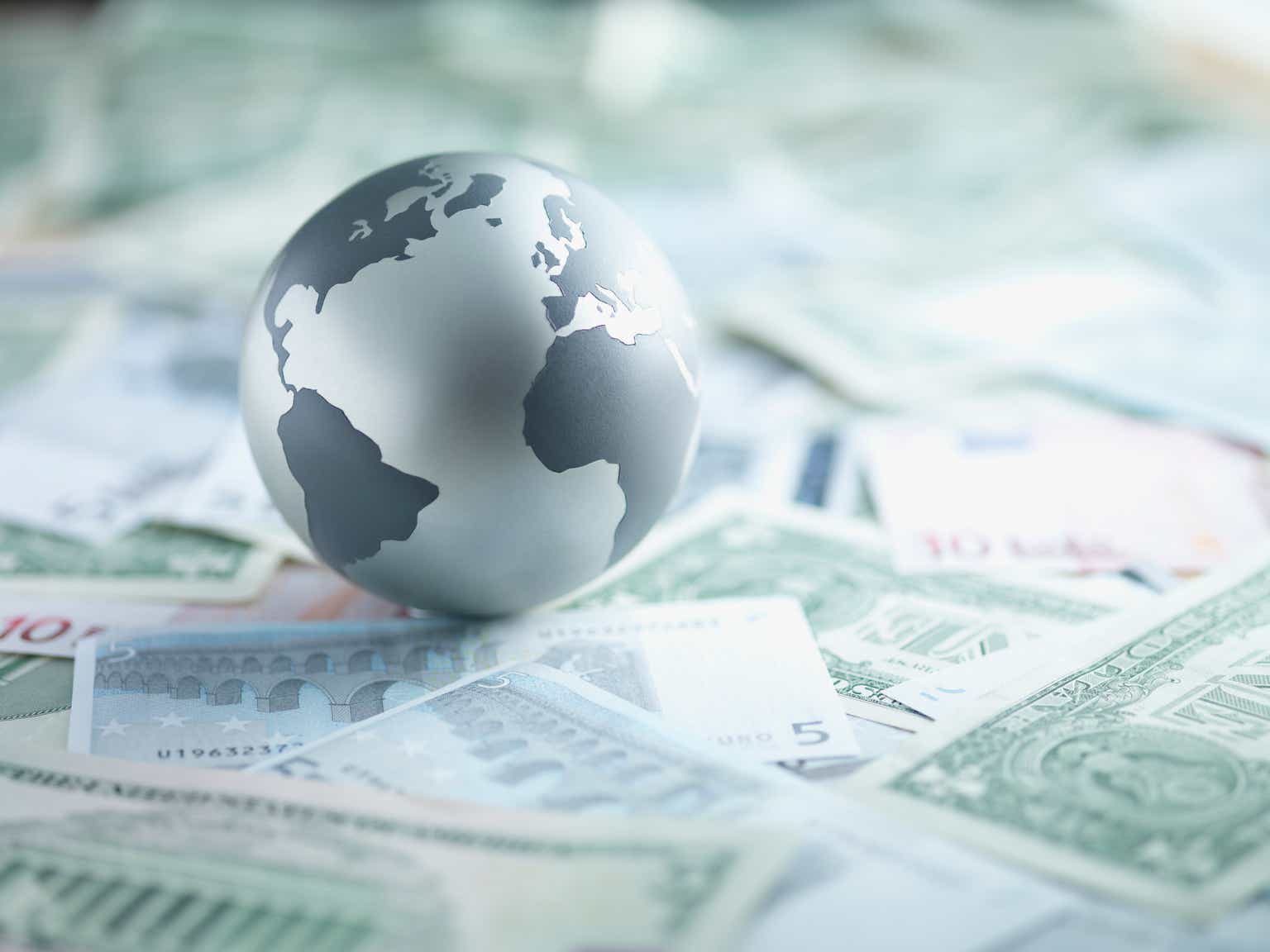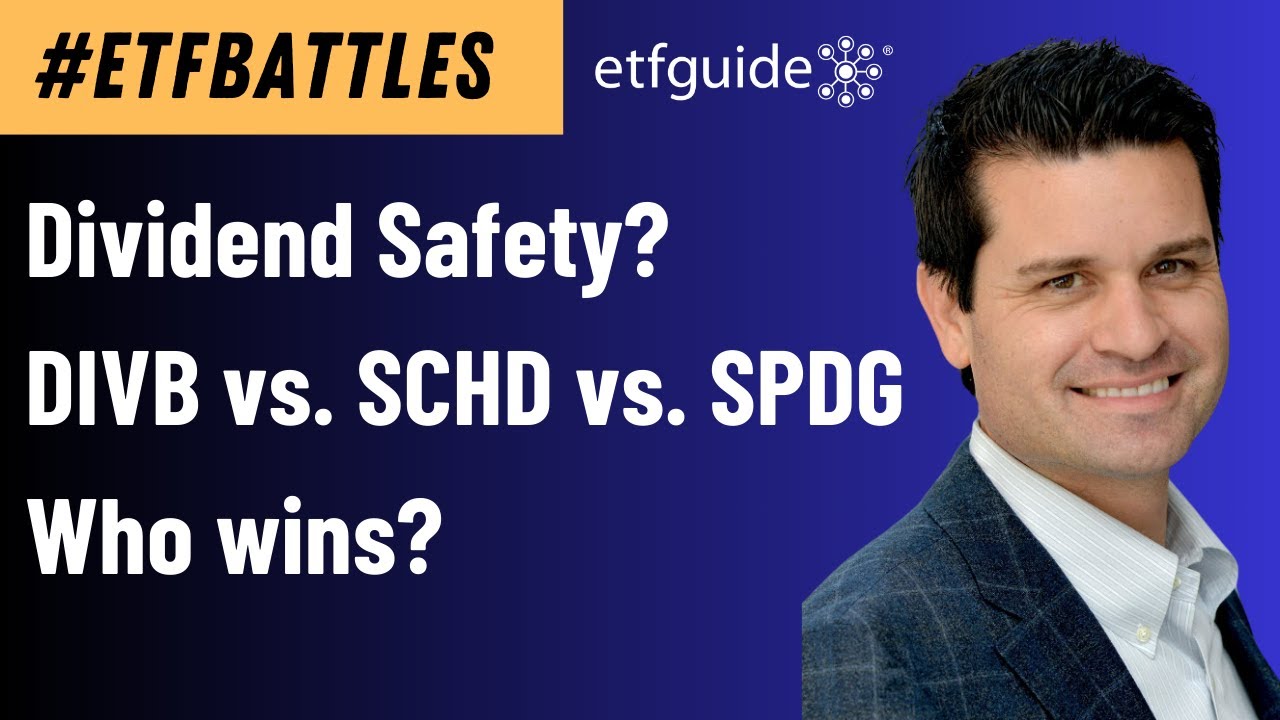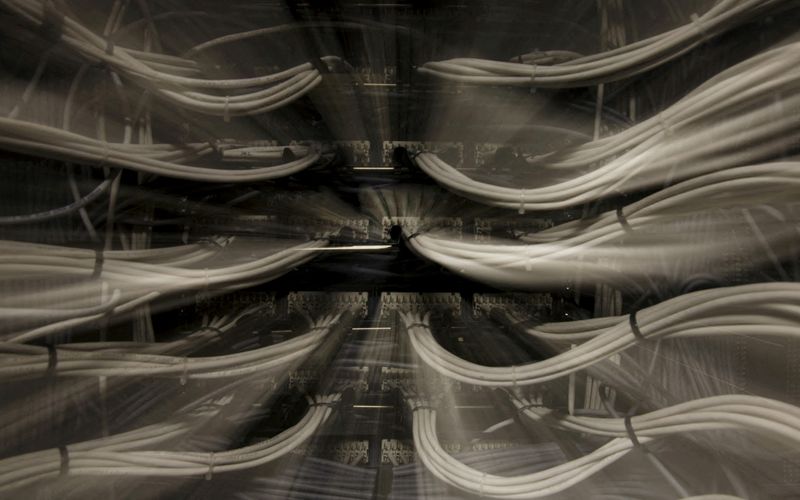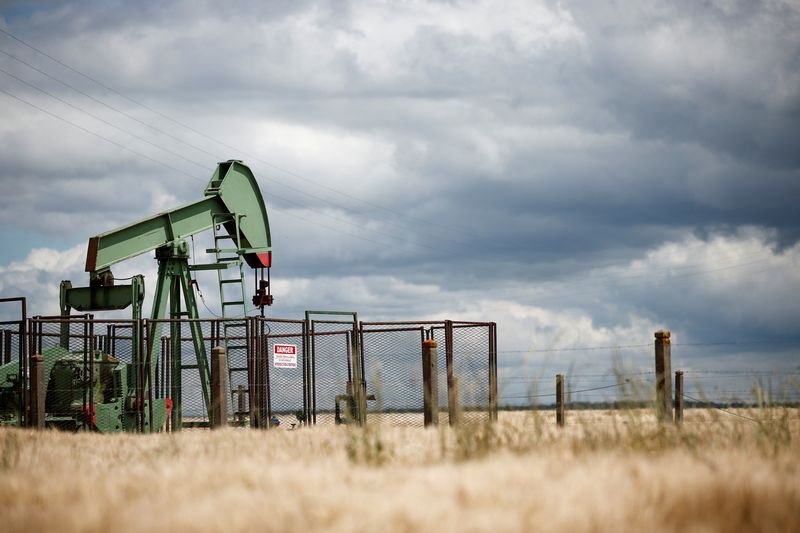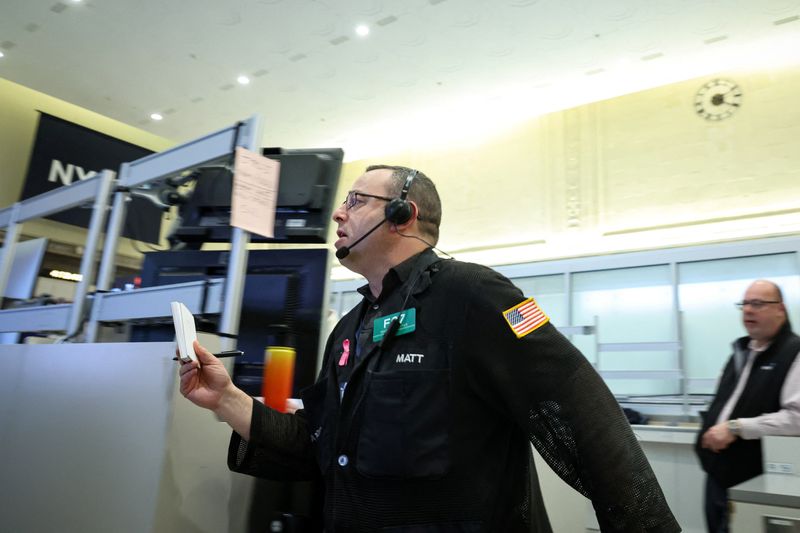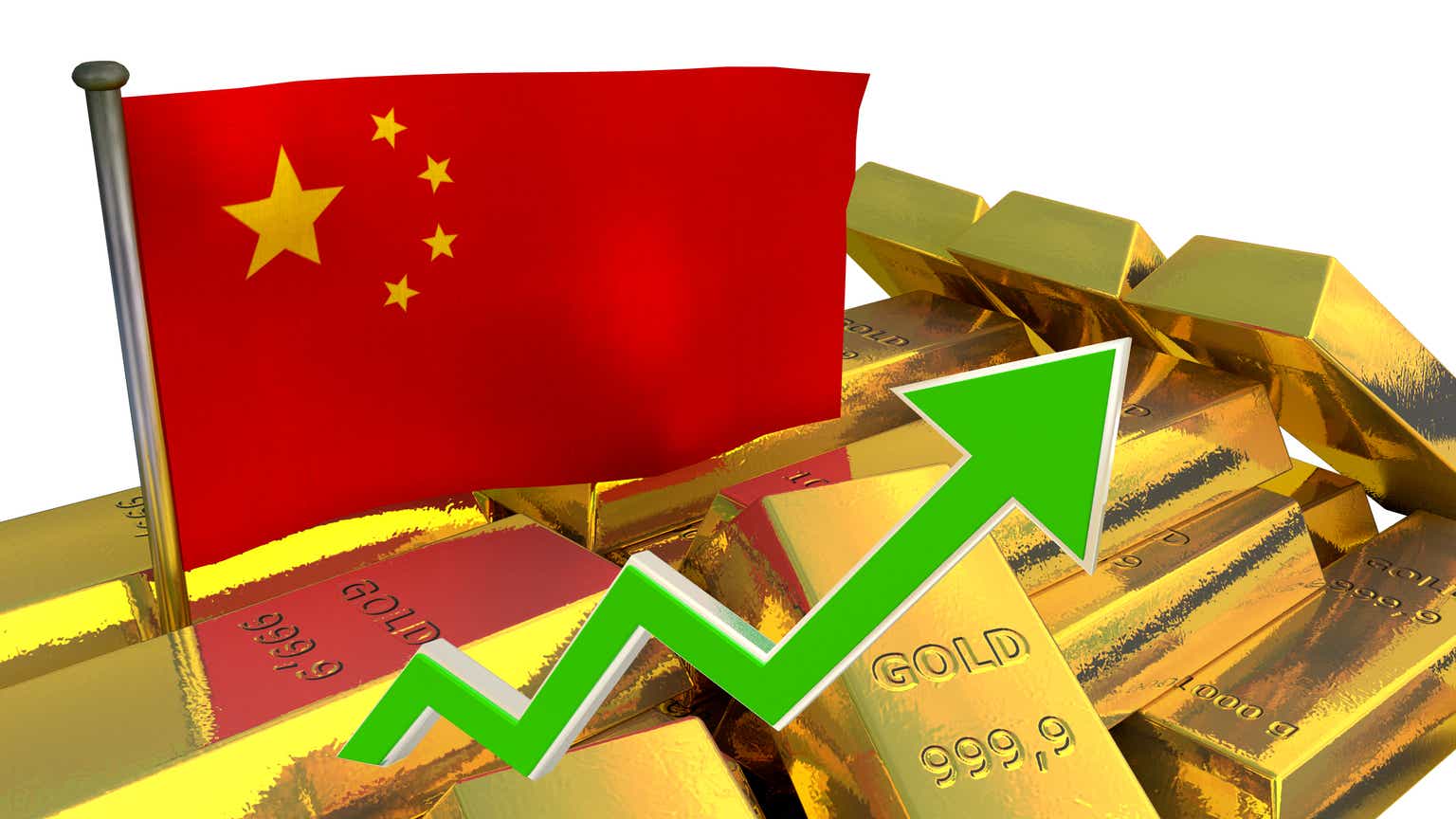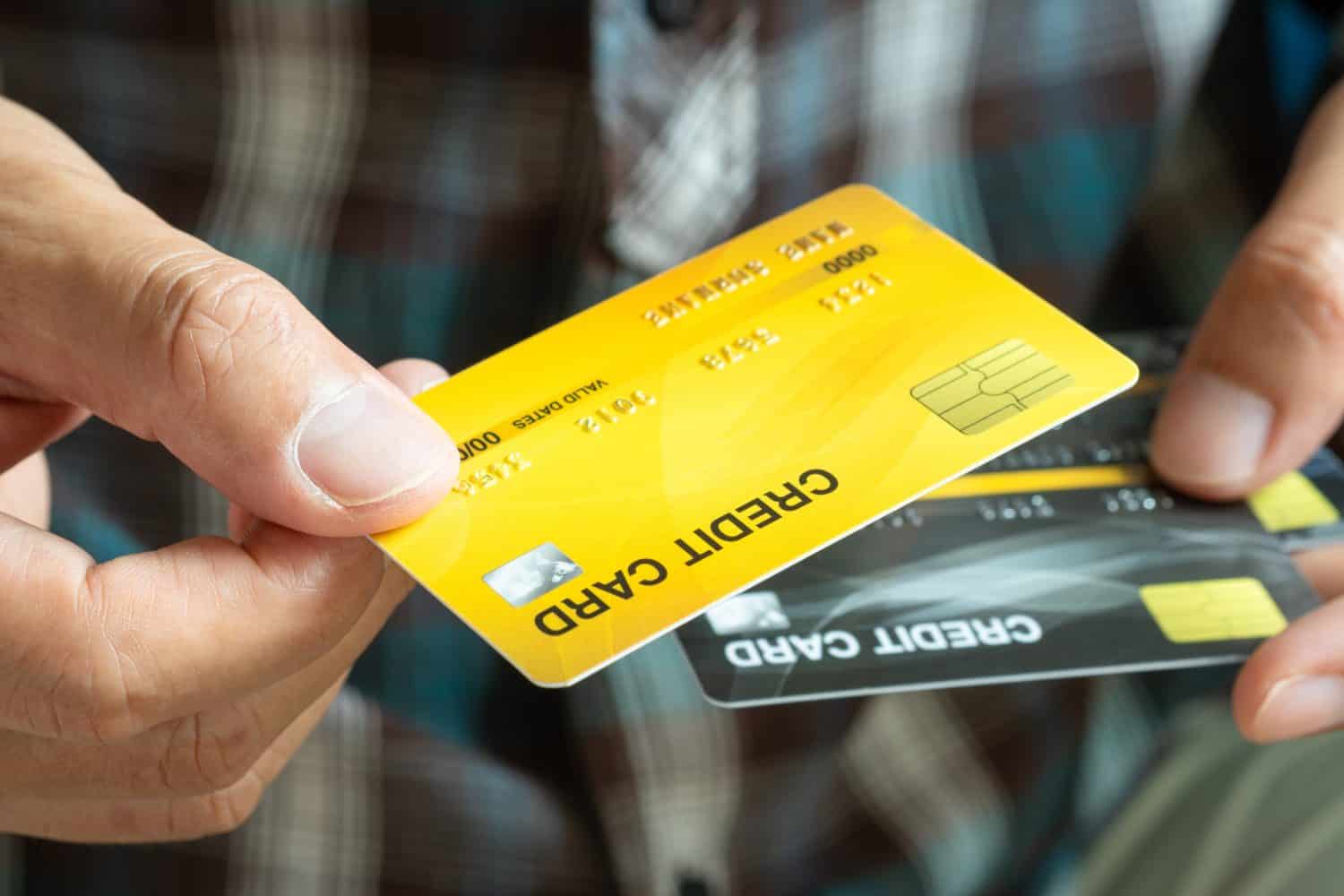Are We Heading for Stagflation? The Real Story Behind Inflation Fears
We’ve heard the term “stagflation” arise again in recent months, with tariffs threatening to add a bit of heat to inflation as it cools down the economy. Undoubtedly, it’s not all too often that the economy is hit by stagflation. After all, inflation tends to accompany strong economic growth and tends to become less of […] The post Are We Heading for Stagflation? The Real Story Behind Inflation Fears appeared first on 24/7 Wall St..
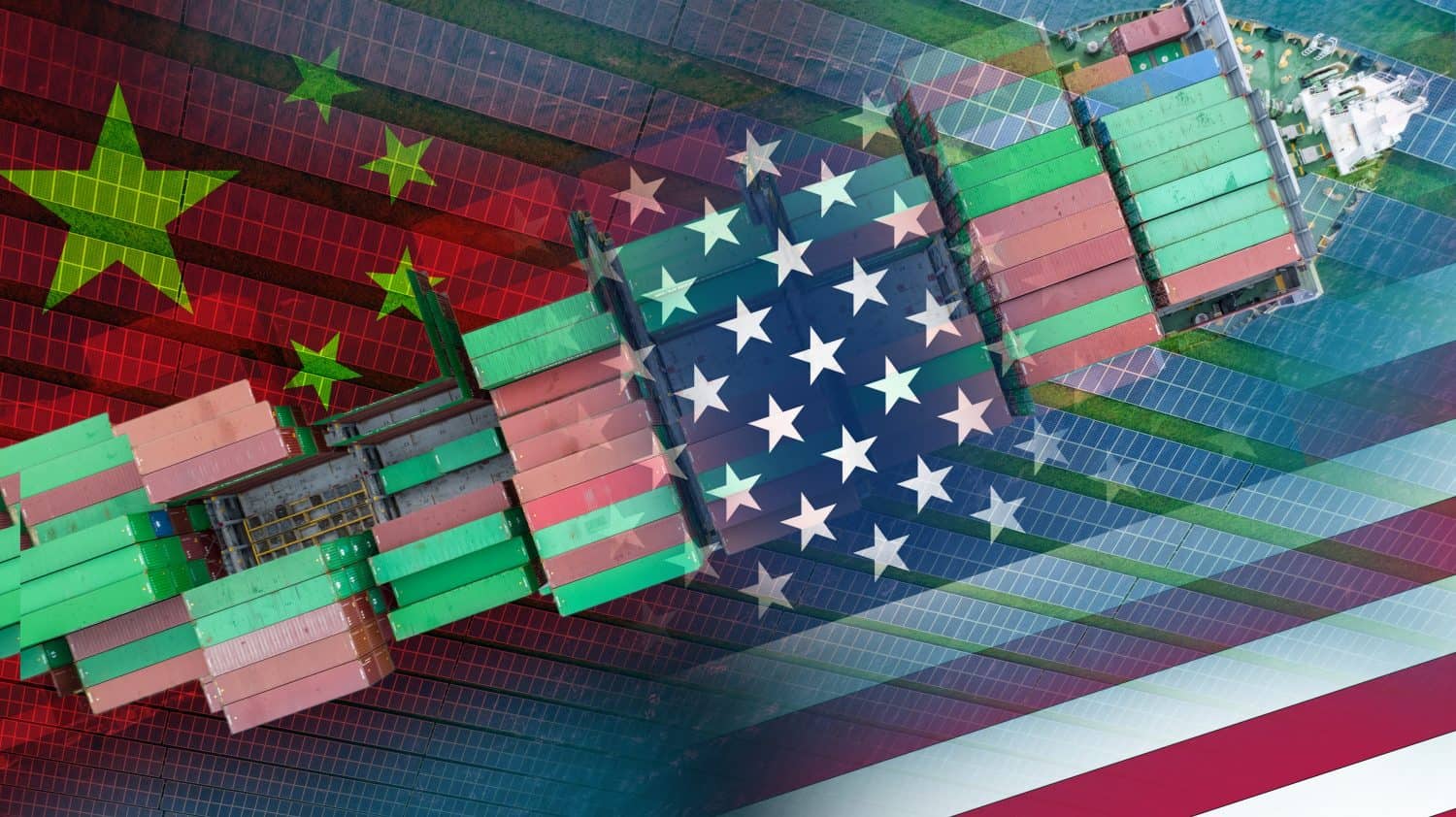
Key Points
-
Tariff-fuelled stagflation could be a huge pain in the wallet.
-
There’s more than one way to prepare for stagflation. A diversified portfolio that includes gold could help one batten down the hatches.
-
While stagflation is still avoidable, there’s no guarantee policymakers will take the appropriate actions to prevent it.
-
Are you ahead, or behind on retirement? SmartAsset’s free tool can match you with a financial advisor in minutes to help you answer that today. Each advisor has been carefully vetted, and must act in your best interests. Don’t waste another minute; get started by clicking here here.(Sponsor)
We’ve heard the term “stagflation” arise again in recent months, with tariffs threatening to add a bit of heat to inflation as it cools down the economy. Undoubtedly, it’s not all too often that the economy is hit by stagflation. After all, inflation tends to accompany strong economic growth and tends to become less of an issue when the economy stalls, perhaps into a recession. Either way, the post-lockdown fight with inflation hasn’t even been finished, as inflation hovers close to 3%, a level that’s still on the high side of the historical range.
And with unemployment poised to rise by a few basis points by the year’s end, there’s growing fear that lingering inflation, rising unemployment, and fading consumer sentiment could bring the stagflation genie out of its bottle after lying dormant since the 1970s.
Of course, it’s far too soon in the game to be calling for stagflation, especially since there are still ways to steer clear of such a nasty environment that acts as a one-two punch to Americans as everyday living becomes even more expensive while economic prospects look to become a bit dimmer.
Core inflation remains elevated; economic growth stands to slow. Tariffs aren’t helping.
All the uncertainty surrounding tariffs has taken a toll on the step of American consumers, who seem the most downbeat since the height of the pandemic. In a prior piece, I highlighted uncertainty during the lockdown days as somewhat comparable to today’s tariff-fuelled environment.
Back in 2021, nobody knew when the virus would back down enough to allow for things to return to normal. Nowadays, it’s impossible to tell how far Trump will go with tariffs, especially once reciprocal tariffs have a chance to kick in. It’s tough to know how bad things can get and what the effect on employment and inflation will be. Just like during lockdown, it’s a scary time for investors and consumers who really do need a break from inflation.
With stagflation risks now on the radars of policymakers, I’d say there’s still a reasonably good chance that milder tariffs or a negotiation of a new deal with Canada and Mexico could help set the stage for an environment that wouldn’t entail an inflationary climate accompanied by sluggish economic growth (the Fed sees U.S. GDP growth coming in at 1.7% while Deutsche Bank sees a 43% chance of a U.S. recession).
Indeed, tariffs are just one way to pull the brakes on an economy that would have hit the accelerator amid the rise of artificial intelligence (AI) and the industrial revolution it was to inspire. A faster pace of rate cuts (just two expected for 2025) from the Fed is another tool that could help dampen the economic blow.
Though the inflation genie could make a comeback, it’s uncertain how high it can fly once the economic impact of tariffs becomes more quantifiable. Add the long-lasting disruptive impact on supply chains (something we also suffered through during COVID), nosediving consumer confidence, and the impact of AI automation — the latter two stand to have a disinflationary effect — into the equation, and the future looks to be a giant question mark right now.
The bottom line
It certainly seems like the odds of stagflation are creeping higher by the day. But it’s not too late to prepare. Staying diversified and embracing gold (a fantastic hedge it’s been) could help keep your nest egg’s guard up if stagflation becomes unavoidable.
With big banks raising their price targets on the shiny yellow metal for 2025 and 2026, perhaps buying high and selling higher isn’t the worst idea in the world. Macquarie analysts think gold has what it takes to eclipse $3,500 per ounce. If stagflation becomes a reality, I certainly wouldn’t doubt gold’s ability to keep on running hot from here.
The post Are We Heading for Stagflation? The Real Story Behind Inflation Fears appeared first on 24/7 Wall St..



